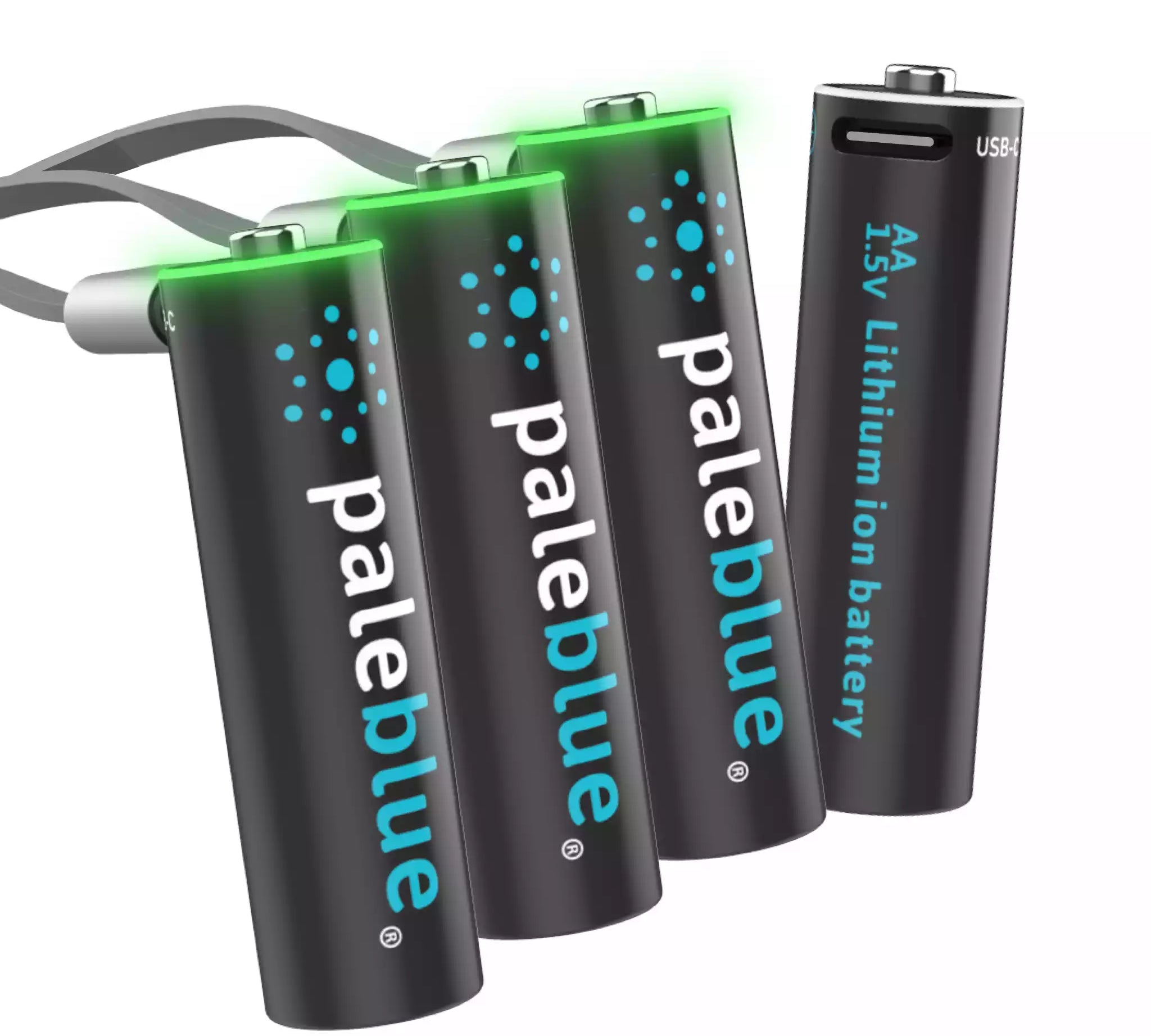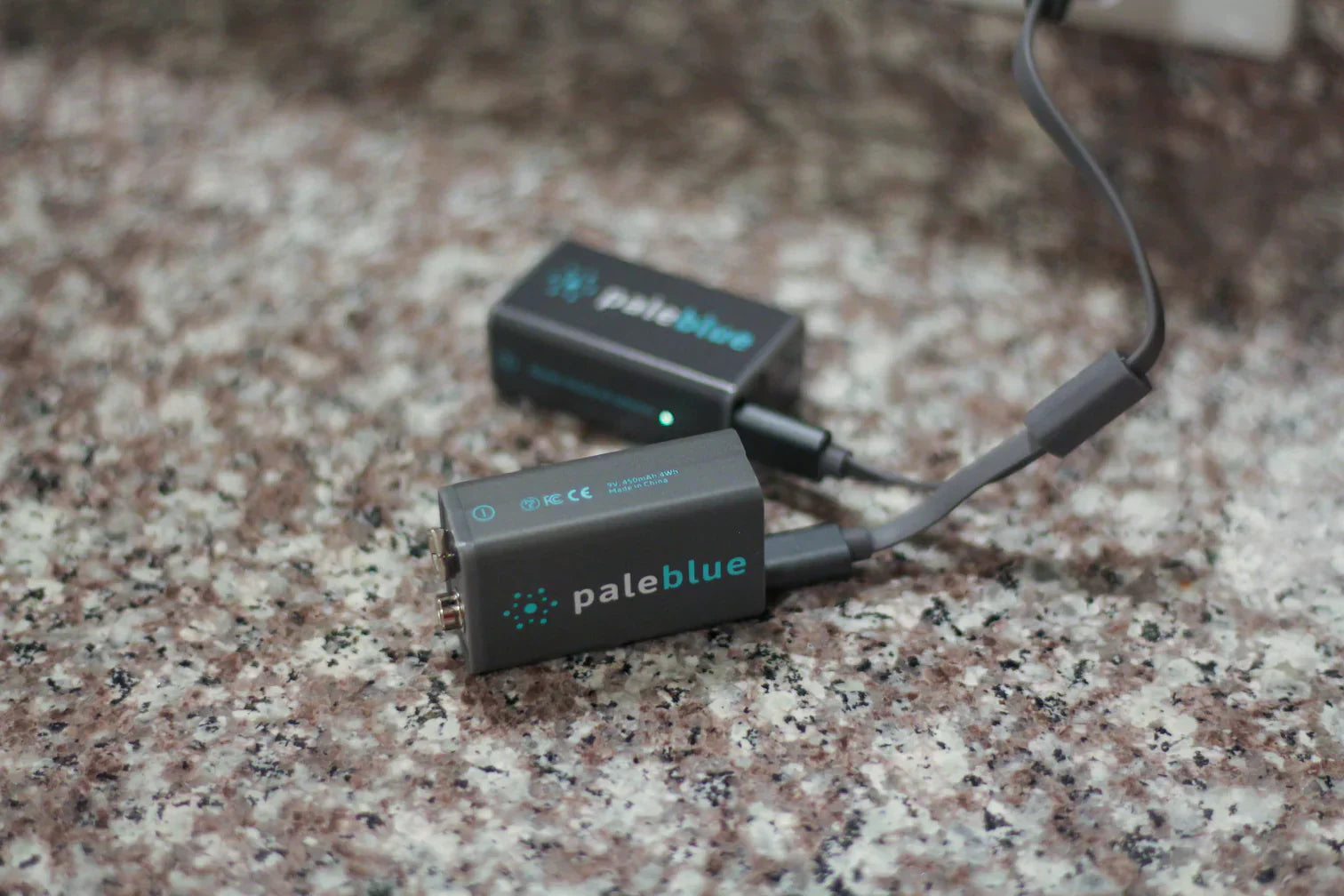The Future of Rechargeable Consumer Products

We recently heard some skepticism about the timing of our reinvention of the rechargeable battery. It went something like, ‘it is bad timing for Paleblue to create a solution just as the world is integrating batteries into products.’
It’s certainly undeniable that more batteries are coming integrated in products straight from the manufacturer. Call them devices or gadgets, it’s clear that cheap electronics being integrated into ever more affordable is not a trend that is slowing any time soon. These include electric toothbrushes, wireless earphones, gaming controllers, security cameras, toys, trimmers and so on.
The growth in the primary (non-rechargeable) battery market is forecasted to be 5% compound annual growth rate in the years ahead. This shows that the world is using more batteries and that the end of the single use battery is not coming unless we make some significant changes.
How to Buck the Trend
So what can we do about it? First, provide a better rechargeable alternative to single use alkalines. 85% of consumers are still using single use even though rechargeable batteries have been around for decades now. The old chemistries and charging solutions are simply not good enough for people to make the switch. Second, and in direct opposition to the contention mentioned at the outset of this article, get product companies to not integrate batteries into their products.
Do you like batteries built into your mouse or toothbrush? Let’s think about this. To integrate a battery into the product, the manufacturer will have to put not only the battery, but some electronics in the product and likely include some charging cable or even charging stand or station. That means a higher cost to you.
Other Issues with Integrated Batteries
And what if the battery fails while the product is still perfectly good otherwise? You will have to discard (hopefully recycle) a good product because of a bad battery. Or, if the product wears out or fails first, you end up discarding an otherwise good battery. On the other hand, if the product did not come with an integrated battery, the product would be less expensive and more reliable, easier to recycle. The company would save money which, we’d hope, they’d reinvest some of the savings in making the product even better in terms of its key features and attributes.
One other point, once a manufacturer integrates a battery, they generally seal the housing tight to keep the user from creating some hazard by opening the housing. This makes these sorts of products nearly impossible to service. Think about trying to get a battery in a cell phone or wireless mouse replaced, not easy or cheap and it’s definitely not advisable to do at home on your own.
So, if you could choose between a wireless mouse, electric toothbrush with an integrated battery or non-integrated battery, we’d like to think you’d choose the latter. What makes this possible though, is having a convenient and reliable rechargeable battery that you can use. USB rechargeable batteries such as those from Paleblue can enable you to make this decision. If enough people make this decision, the product manufacturers will get the signal that they should integrate less batteries and focus on making better products that work with standard form factor batteries.
In summary, we don’t see the end of single use batteries coming from the increasing integration of batteries into products, but we do see a path by bringing a significantly better alternative is brought to market. It does seem to us that single use batteries have been around long enough.
- Tags: Sustainability







